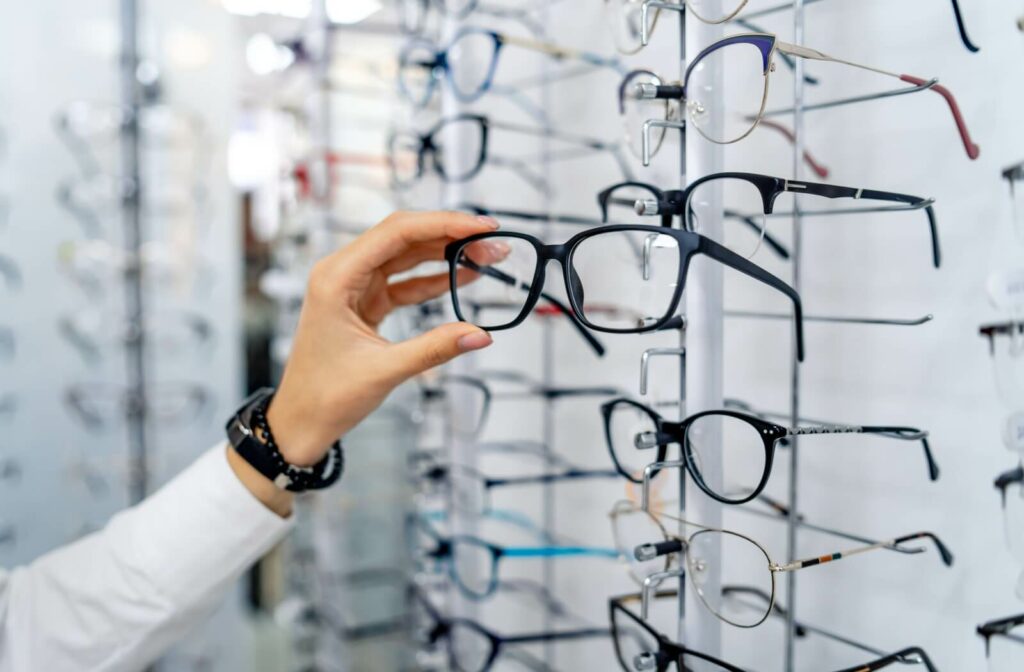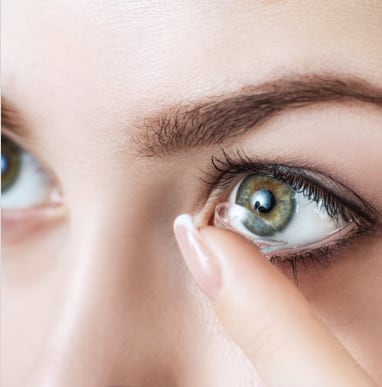If you’ve been prescribed eyeglasses and heard the term “single vision,” you might be wondering what exactly it means. Single vision glasses are one of the most common types of eyewear, designed to cater to a specific prescription need. Whether you’re struggling to see faraway road signs or reading the fine print up close, single vision lenses are a straightforward solution to correct your vision.
What Are Single Vision Glasses?
Single vision glasses are designed to address a specific vision correction need. Each lens provides correction at one focal distance, either for near vision (reading or computer work) or distance vision (like watching TV or driving). Unlike multifocal lenses, which support multiple distances in one lens, single vision lenses focus on precision for one particular viewing range.
Benefits of Single Vision Glasses
Single vision glasses are typically prescribed to correct common vision problems and boast these key advantages:
- Simplicity: They’re straightforward, with one focal prescription per lens.
- Wider field of vision: Unlike progressive lenses, they provide uninterrupted clarity for their designated distance.
- Custom-crafted for your needs: Adjusted specifically based on your unique vision correction requirements.
- Affordability: Generally more affordable than bifocals or progressive lenses due to their simpler design.
What Do Single Vision Glasses Correct?
Single vision glasses are an excellent choice for correcting three primary refractive errors:
1. Myopia (Nearsightedness)
Myopia, or nearsightedness, occurs when the eye is too long or the cornea is too curved. Instead of focusing light on the retina, it focuses just in front of it, causing distant objects to appear blurry.
Typical symptoms include:
- Difficulty reading road signs or seeing distant objects clearly
- Eye strain during prolonged outdoor activities
- Frequent squinting to see faraway objects
How single vision helps
Single vision lenses for myopia work by bending light so it lands directly on the retina, giving you a crisp, clear view of the world around you.
2. Hyperopia (Farsightedness)
Hyperopia, or farsightedness, is the opposite of myopia. The eye is too short, or the lens or cornea focuses light behind the retina. This is why people with hyperopia struggle to see nearby objects clearly but find it easier to see things farther away.
Common signs include:
- Blurry vision when reading or doing close-up tasks
- Eye strain or headaches after prolonged near work
- Difficulty focusing on nearby objects
How single vision helps
For hyperopia, single vision lenses bend light onto the retina so that you can enjoy clear and precise near vision without straining.
3. Astigmatism
Astigmatism occurs when the cornea or lens of the eye isn’t perfectly round, causing light to scatter inside the eye and focus on multiple points instead of just one. This results in blurry or distorted vision at all distances.
Symptoms of astigmatism include:
- Blurry or distorted vision both near and far
- Difficulty driving at night due to scattered light
- Chronic eye strain or headaches
How single vision helps
Single vision lenses for astigmatism use specialized curvatures to focus light precisely on one point of the retina. This eliminates distortion and provides clarity no matter the task.
When Are Single Vision Glasses Not Enough?
While single vision glasses are ideal for many common refractive errors, they’re not the best solution for everyone. Conditions like presbyopia, which often begins after age 40, may require additional support. With presbyopia, focusing on close objects becomes difficult due to the natural aging of the eye’s lens.
For those with presbyopia, multifocal lenses—including bifocals, trifocals, or progressives—are a better option. These lenses combine multiple prescriptions in one lens, allowing for clear vision at all distances.
Aside from presbyopia, multifocal lenses can be beneficial for individuals with other complex visual needs. Multifocal lenses help address these issues by seamlessly transitioning between prescriptions within one lens, enhancing convenience and clarity.
Individuals with astigmatism may find that multifocal lenses can be tailored to provide a more precise correction across various distances in some cases. Whether for age-related vision changes or unique combinations of refractive errors, multifocal lenses are designed to provide an adaptable solution for comfortable, all-encompassing vision.
Are Single Vision Glasses Right for You?

Create Photo Editor and Graphic Design Maker | Shutterstock
Determining whether single vision glasses are the right choice depends on your unique vision needs. If you primarily face challenges with an eye seeing either far or near (but not both), single vision may be your perfect fit. They are an uncomplicated, user-friendly option for achieving clear, comfortable vision.
If your vision needs are more complex or you have multiple refractive errors, it might be worth exploring alternatives, like multifocal or progressive lenses.
Clearer Vision Starts Here
Blurry vision shouldn’t hold you back. Whether you’re struggling to read the fine print or the faraway details, single vision glasses can help restore clarity to your world.
When it comes to your eye health, our team at Vision Care Center is here to assist you every step of the way. Our experts can help you determine the best lenses for your lifestyle, no matter the condition. Book an appointment with us today, and take the first step toward sharper vision.












